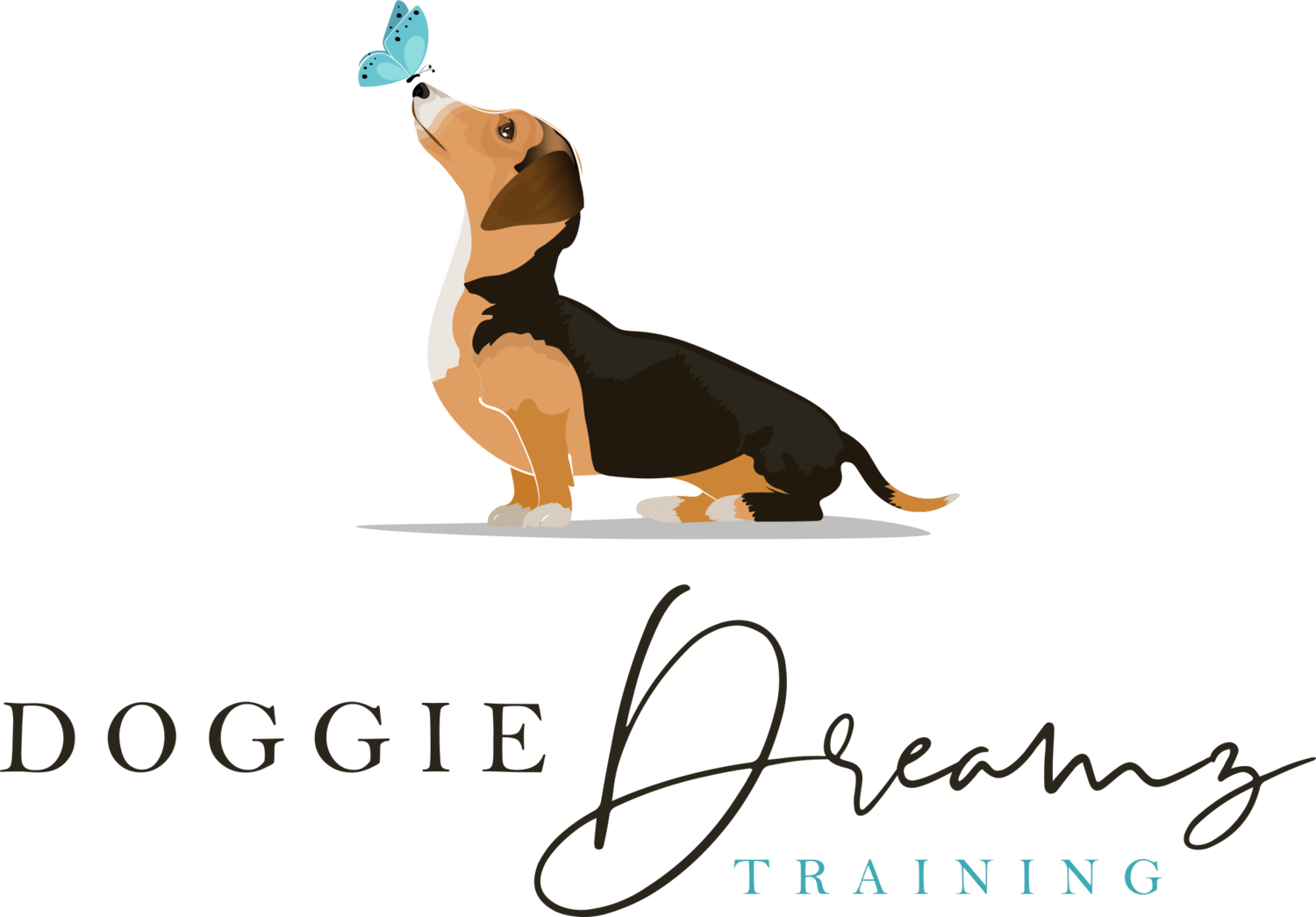Walking your Puppy
Having a puppy in your home is a fun and exciting time! It can also be frustrating and tiresome. Puppies have so much energy; until they get all their vaccinations, it's hard to give them a productive outlet to be physically active. Many new puppy parents have envisioned taking their puppy on long walks or hikes for months while they wait to get the all-clear by their veterinarian. While it's great to have these goals for you and your puppy to one day do together, it's also important to start by going slow.
Your puppy begins to learn from the minute you bring them into your home, and hopefully, while they have been getting acclimated to their new environment; you have developed a way for you two to understand each other. Training is essential in maturing your puppy into the best dog they can be. Through training, you also develop a dialogue with your puppy to help them better understand this very new and strange environment they are in.
Once your puppy has had all their vaccinations, the inclination for helping them release their energy is to go for long walks. However, your puppy should only be going on 15 to 20 minute walks at a time. This is because your puppy's body is still growing and hard physical exercise can cause damage to their bones. If you have a larger breed dog that is prone to hip or bone issues this is especially useful information. If your dog has a flatter muzzle (brachycephalic dogs) it is harder for your dog to take in oxygen so they have a lower tolerance for strenuous exercise.
You also want to consider the temperature outside and on the sidewalks when taking your puppy for a walk. If you live in an area with warmer temperatures; the sidewalks and asphalt can become extremely hot. Your puppy's pads on their feet are sensitive and should not be walking on asphalt during the hottest part of the day.
A puppy's first venture outside on a walk can become chaotic if you have not done some leash training inside your home. Puppies have no frame of reference for what a leash is, so they will try to bite and chew the leash. Introducing the leash to your puppy over the first three months of their life while they are inside is ideal to help with their leash walking later. Your puppy will want to pull, so introducing what "Heel" means will also help you have a calmer walk. Having a good "Heel" cue with your dog doesn't mean that your puppy isn't allowed to sniff during the walk. Allow your puppy to sniff and explore their neighborhood, you can teach them a release cue like "OK" or "Go Sniff" so your puppy knows they don't have to be in the "Heel" position.
If your puppy still has a lot of energy after your short walk this would be a good time to play games like fetch or tug inside your home. Both those games work to release physical energy and can be used as training tools for learning recall and to drop objects from their mouths. Working your puppy's mind will also help with their extra energy. Giving them a Kong or playing "Find it" are good enrichment toys for mental stimulation.
Over time your puppy will build endurance and you will be able to take them on the long walks and hikes you envisioned taking them on when you first got them. Taking these steps of training before the walk, and taking shorter walks during the first 6 months of their lives will set them up to be healthy and well-mannered on walks.
